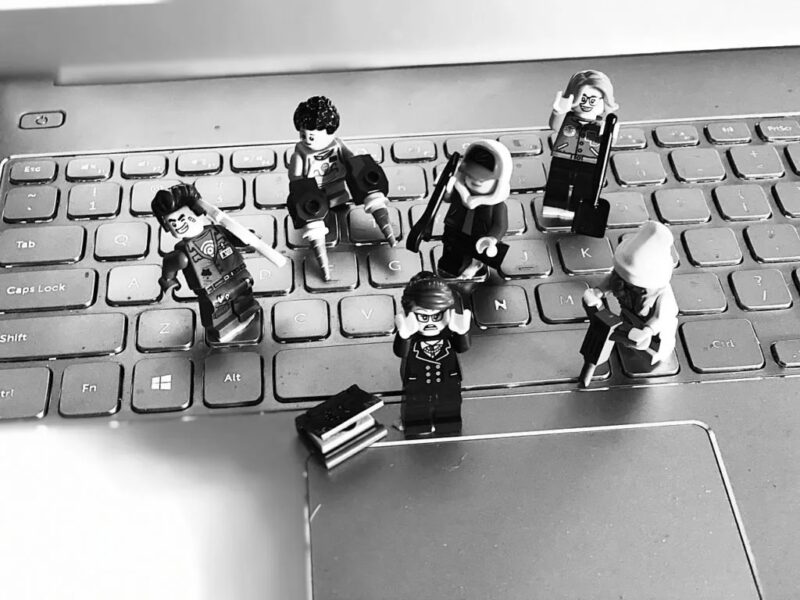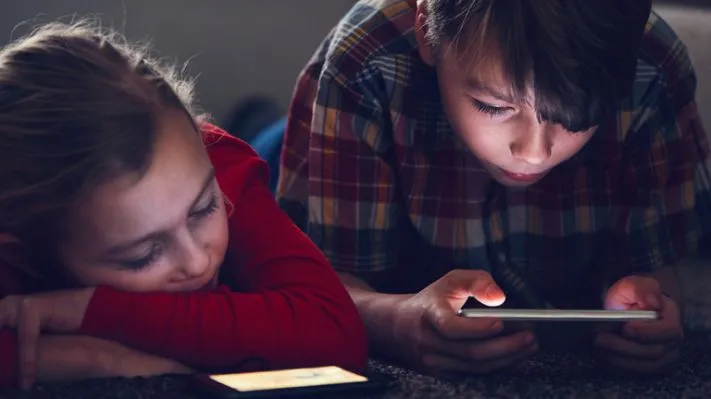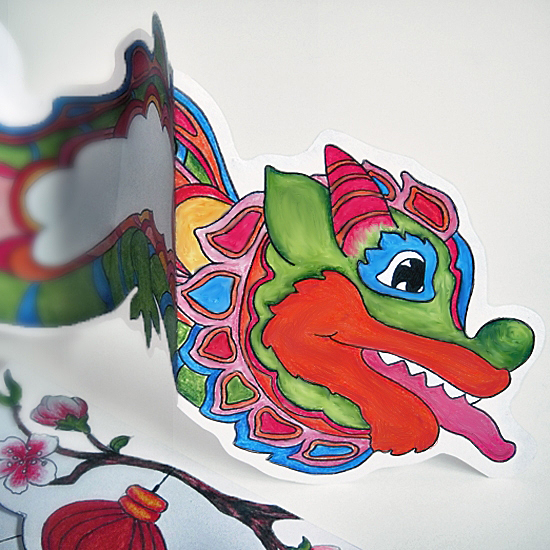Raising kids nowadays means embracing the digital age, especially when you’ve been living in Chiang Mai for a decade like me. It’s fascinating to watch children grow up, navigating their way through the world of technology alongside developing their language skills. Don’t be fooled by the sight of your child engrossed in an iPad or smartphone; there’s more going on than meets the eye. Let’s dive into how these little tech-savvy minds are bridging the gap between the virtual and real world.
Adapting to the environment
Our ability to communicate isn’t one-size-fits-all; it adapts to our environment. Just as we wouldn’t wear our gym clothes to the office, our communication style varies. Think about it: do you compose professional emails the same way you chat with a friend via text? Scholar Marshall McLuhan had it right when he said, “the medium is the message.” In the digital realm, your child learns to pick up on social cues and adjust their communication style as they switch between different platforms. Whether they’re transitioning from homework to a texting app, video games, or scrolling through Instagram, they’re quick to adapt their language and self-expression to suit each setting. It’s quite remarkable to see how seamlessly they do it!

Indeed, children are gaining a valuable understanding of what’s appropriate for online communication versus face-to-face interactions. Picture this: it would be quite unusual to burst into laughter and say “lol” out loud when someone tells a joke in person, right? The digital realm has opened up a whole new dimension for us to explore the nuances of effective self-expression. It’s an exciting journey to watch our little ones navigate these intricacies as they grow.
Emotional expression: do emojis count?
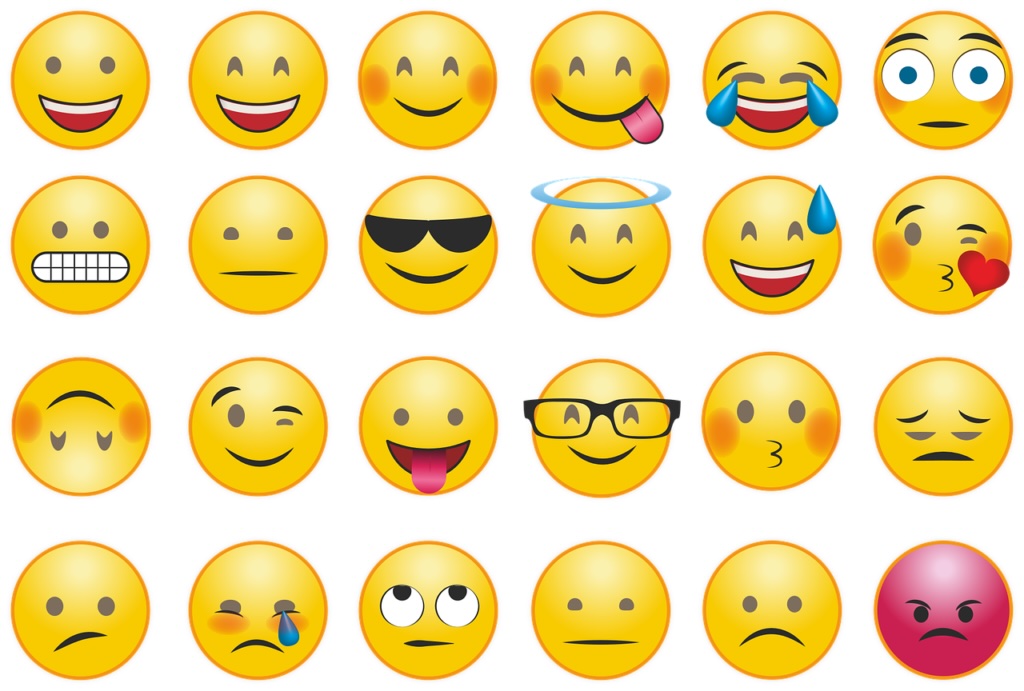
Visual symbols for communication have a rich history in human interaction. Recently, psychologists and researchers have shown a keen interest in our use of emojis (or emoticons) as a means of expressing our emotions. When words fall short in capturing our feelings, emojis come to the rescue. This can be especially valuable for younger kids who are still getting the hang of expressing their emotions. If they can’t find the right word, they can simply pick a visual symbol to convey how they feel about something.
Shaping their online identities
In today’s digital age, children have the chance to mold their identities in unique ways through online platforms and games. In some multiplayer online games, players are encouraged to create intricate avatars that serve as their digital representations. On the other hand, social media platforms often provide space for users to craft a “bio” or a few sentences to describe themselves.
These online spaces offer an opportunity for kids to start learning how to present themselves in the virtual world. Whether for better or worse, children gain valuable experience in crafting messages and curating their online presence, ultimately revealing a part of who they are to the world. It’s a fascinating journey to witness as they develop their digital identities.
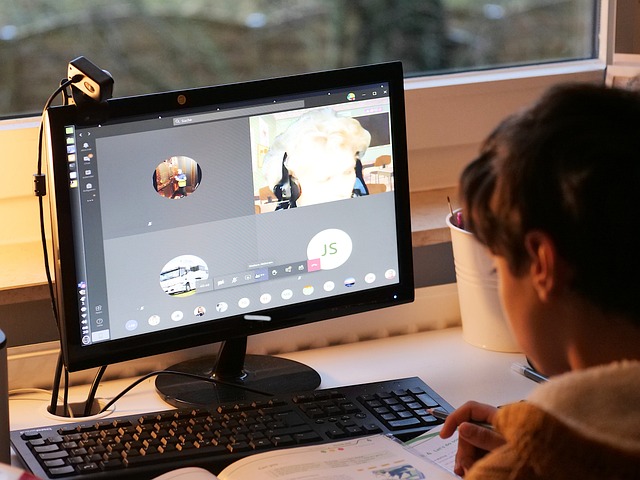
Absolutely, crafting avatars and composing profile descriptions compel us to think about how we want to come across to others. When combined with the lesson of what’s appropriate to say on various platforms, shaping an online identity can help children discover and showcase their interests, passions, and skills.
Bonus : They become budding storytellers
As a bonus, this journey turns them into budding storytellers. Many online platforms nowadays revolve around user-generated content. This means that children aren’t just passive consumers; they’re active content creators. Whether they’re making videos for YouTube or sharing stories on Instagram, these experiences empower them to become better storytellers. It’s incredible to see how they can unleash their creativity and share their unique narratives with the world.
